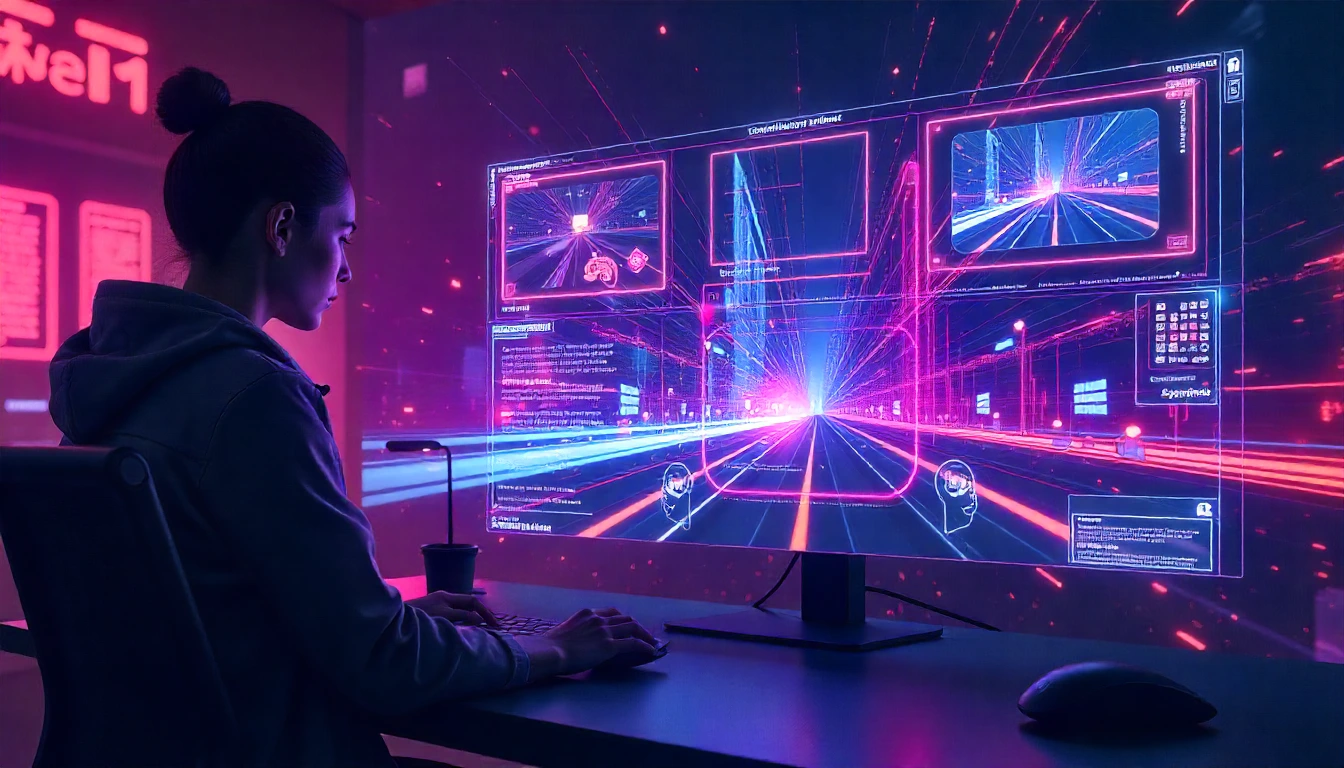Computer Vision: Teaching Machines to See and Understand the World

Share
Table of contents:

Picture a robot that can navigate through crowded streets, identify faces in family photos, or detect cancer cells in medical scans with superhuman accuracy. That's the extraordinary power of computer vision - the artificial intelligence breakthrough that gives machines the ability to interpret and understand visual information like humans do.
This revolutionary technology transforms pixels into meaningful insights, enabling everything from autonomous vehicles to medical diagnostics. It's like giving computers eyes and a brain that can process visual information faster and more accurately than human perception.
Core Technologies Behind Visual Intelligence
Deep learning neural networks, particularly convolutional neural networks (CNNs), form the backbone of modern computer vision systems. These algorithms process images through multiple layers, extracting increasingly complex features from simple edges to complete objects.
Essential computer vision components include:
- Image preprocessing - enhancing and standardizing visual data for optimal analysis
- Feature extraction - identifying meaningful patterns like edges, textures, and shapes
- Object recognition - classifying and localizing specific items within images
- Scene understanding - interpreting spatial relationships and contextual information
These technologies work together like a sophisticated visual processing system, mimicking and often surpassing human visual cognition capabilities.
Transformative Applications Across Industries
Autonomous vehicles rely heavily on computer vision to navigate safely, identifying pedestrians, traffic signs, and road conditions in real-time. Medical imaging systems use visual AI to detect diseases earlier and more accurately than traditional diagnostic methods.
Advanced Techniques and Future Developments
Object detection algorithms like YOLO (You Only Look Once) process entire images simultaneously, enabling real-time analysis for video streams. Generative adversarial networks create synthetic images so realistic they're indistinguishable from photographs.
Edge computing brings computer vision processing directly to cameras and mobile devices, reducing latency and enabling privacy-preserving applications that process sensitive visual data locally rather than in cloud systems.











